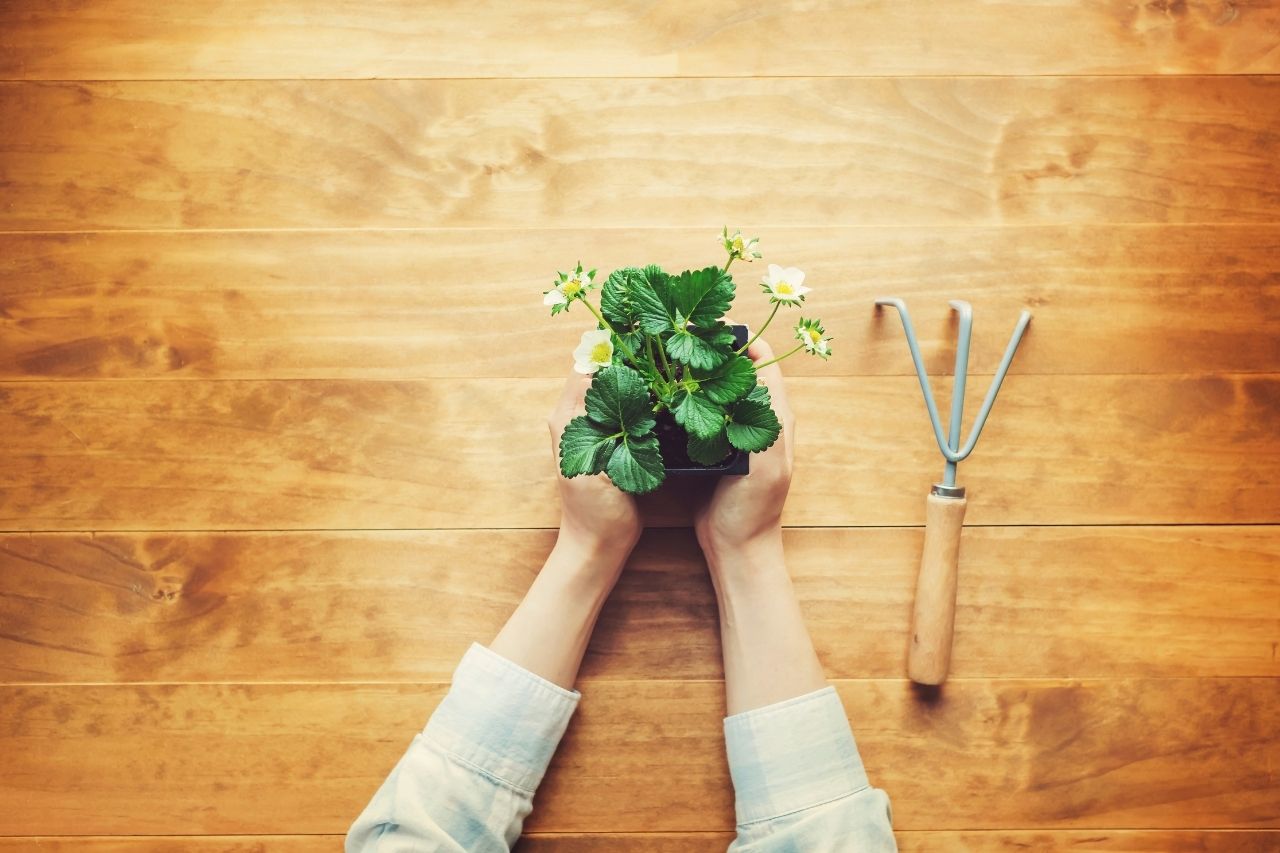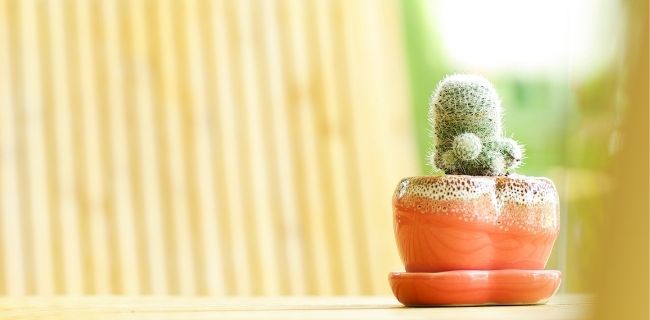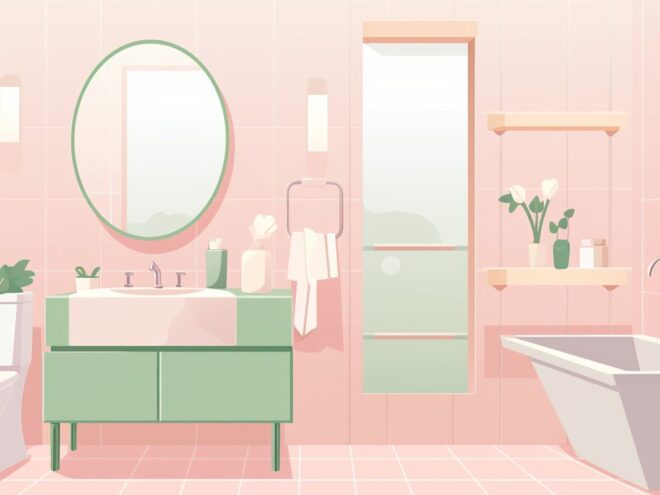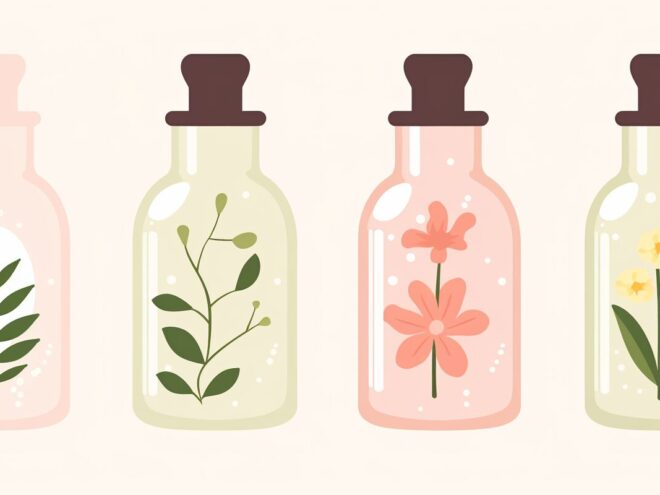Home • 12/01/2021
Beginner’s Guide to Keeping Houseplants Alive

Revivalist is a reader-supported endeavor and our posts may contain affiliate links. When you buy through links on our site, we may earn an affiliate commission.
People often get discouraged when gardening doesn’t come easily to them. You don’t have to take classes or spend years working with plants to fill your home with gorgeous greenery. Read this beginner’s guide to keeping houseplants alive to grow your favorite plants without leaving home.
1. Pick the Right Plants
You’ll have the most success with your houseplants if you pick the right varieties. Some flowers or greenery prefer precise temperatures, lighting or humidity exposure. Stick with plants that thrive in most environments to practice your gardening skills successfully. Something like a spider plant or succulent can endure common mistakes while you get used to your plant-care routine.
2. Set a Watering Schedule
After choosing your new houseplants, you’ll need to set a firm watering schedule based on how much water those varieties need. Monitor how dry the soil gets between watering to determine if your schedule needs adjusting.
You might worry about giving your plants a specialized type of water, but tap water works just as well as bottled water. A recent study compared plants treated with tap and isotopically enriched water. The results found that the plants absorbed the same amount of water, proving that tap water doesn’t have contaminants that prevent plants from thriving.

3. Watch for Pests
Even though your home is free of pests, they can still invade your plants. You could grow vegetables indoors to support your plant-based diet, but they won’t be any good if bugs devour them first.
After choosing your newest houseplants, read about which pests affect them more often. Some may be better hosts for aphids, while others become homes to spider mites. Keeping plants away from windows and monitoring for changing environmental concerns like water damage to your home will prevent your plants from attracting harmful bugs.
4. Adjust the Plant’s Lighting
As the months pass, the earth tilts on its axis and changes where sunlight shines. Your living room window might be the sunniest spot in your house during the summer, but the majority of daytime sunshine could shift to a window in the side of your home during the winter.
Keep an eye on how much light your plants receive throughout each season. They need enough sunshine specific to their species to transport antioxidants to their cells and grow. Wilting is a sign that you might need to shift your plants to new spots around your home so they’re in direct or partial sunlight.
5. Monitor the Thermostat
Your plants may love sitting by your window, but the temperature in that spot will change. Summer heat and winter winds will fluctuate the temperature around your window. Sudden changes could slow your plant’s metabolism and prevent further growth. Read about which temperatures each of your plants prefer before setting up a thermometer next to their pots. You’ll ensure that they’re in a supportive environment and take the guesswork out of gardening.

6. Switch to Larger Pots
Plants establish root systems that explore their surrounding environment for nutrients even when they reach maturity. If they run out of space in their pot, the plant will start to die. Research your houseplants to learn when they’ll reach maturity so you can transfer them to larger pots at the most opportune time. It’s also a great time to give them fresh soil with nutrients that may have become depleted in their previous container.
Keep Your Houseplants Alive
Now that you’ve read the beginner’s guide to keeping houseplants alive, think about what you’d like to grow. After researching what each variety needs to survive, a set schedule will help you keep their growth on track even if you’ve never had a green thumb.
Subscribe to Our Weekly Newsletter
We would love to connect deeper with you!


